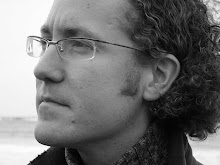A little review article Dan Levin, James Cutting and I put together is now published in Current Directions in Psychological Science.
Have you ever wondered how we watch films? How viewing highly artificial edited sequences that jump about in space and time can be effortless> Why films seem to be getting faster, darker and more agitated? Or why we fail to notice massive continuity errors? Check out the article
Smith, T. J., Levin, D. T. & Cutting, J. (2012) A Window on Reality: Perceiving Edited Moving Images. Current Directions in Psychological Science.21: 101-106 doi:10.1177/0963721412436809 (print version) (preprint)
Edited moving images entertain, inform, and coerce us throughout our daily lives, yet until recently, the way people perceive movies has received little psychological attention. We review the history of empirical investigations into movie perception and the recent explosion of new research on the subject using methods such as behavioral experiments, functional magnetic resonance imagery (fMRI) eye tracking, and statistical corpus analysis. The Hollywood style of moviemaking, which permeates a wide range of visual media, has evolved formal conventions that are compatible with the natural dynamics of attention and humans’ assumptions about continuity of space, time, and action. Identifying how people overcome the sensory differences between movies and reality provides an insight into how the same cognitive processes are used to perceive continuity in the real world.




